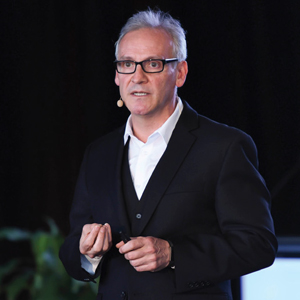Read Also
Modernizing Lending Through Innovative, Secure and Scalable Technology
Steven Meek, Chief Information Officer, Pepper Money
Advancing the Chemical Industry through Digital Transformation
Jan Mandrup Olesen, Global Head of Digital Business, Indorama Ventures
Cultivating a Sustainable Future through Collaboration
Jiunn Shih, Chief Marketing, Innovation & Sustainability Officer, Zespri International
Mastering Digital Marketing Strategies
Tasya Aulia, Director of Marketing and Communications, Meliá Hotels International
Building a Strong Collaborative Framework for Artificial Intelligence
Boon Siew Han, Regional Head of Humanoid Component Business & R&D (Apac & Greater China), Schaeffler
From Legacy to Agility Through Digital Transformation
Athikom Kanchanavibhu, EVP, Digital & Technology Transformation, Mitr Phol Group
Change Management for Clinical Ancillary Teams: Aligning Practice with Policy and Progress
Ts. Dr. James Chong, Chief Executive Officer, Columbia Asia Hospital – Tebrau
Digital Transformation: A Journey Beyond Technology
John Ang, Group CTO, EtonHouse International Education Group























